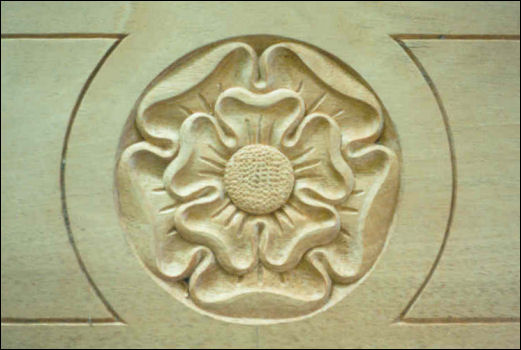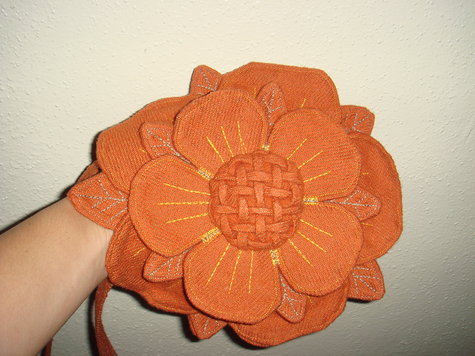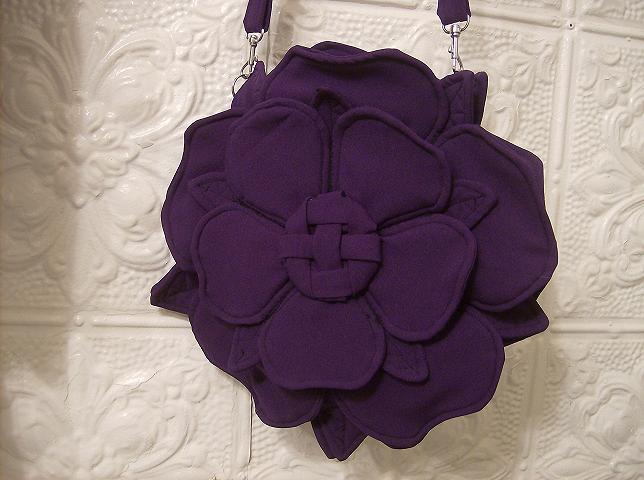Quite a while ago I typed up a little post about some
Tudor Rose purses I had made. The original pattern came from a now defunct website called SavvySeams.com. I did not draft this pattern, but I love it so very much. It should not be lost to the world. What remains of SavvySeams.com can be seen through a web archive service. If you look
HERE you'll see what remains of the original pattern and may notice that many of the photos are gone. There is a printable text-only document still avaible
HERE. The PDF file for the pattern pieces is
HERE.
I've re-vamped the tutorial in hopes in an effort to preserve the pattern. You can find my tutorial for making the flower portion of the bag
HERE. The original pattern calls for a flower on each side of the bag. That's a lot of work and the resulting bag is rather small and flat and heavy. I suggest you use only one flower and combine it with your favorite tote bag pattern. I've made several Tudor Rose purses and would be happy to help you in attaching the flower to a purse. Just drop me an email (ricochethandbags(at)hotmail(dot)com) or leave a comment. I think the flower looks stunning when sewn to the outside of a bag, but it would also make a show-stopping addition to a decorative pillow.
If you'd like to learn more about Tudor Roses, I've written a brief history about the iconic flower and created a little gallery of historical and modern references for you. Please check it out
HERE.
I'm working on making a few Tutor Rose purses and thought that I might share the flower-making process with you.
Here's a little gallery of the latest Tutor Rose I made:
 |
| Do you see how nice it would look on a pillow? |
 |
| Here are some close-ups. |
Happy crafting and big hugs from Montana,













































